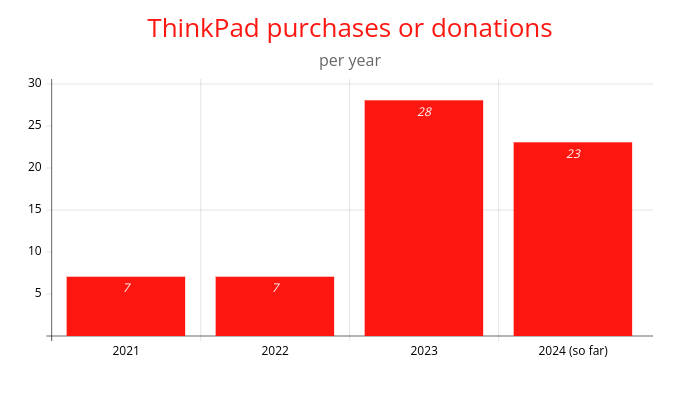TPM Insights 1: The beginning
In this series of articles I will give you an insight into the ideas and processes behind the scenes of the museum. In this first part, the origin of the idea is discussed.
First contact with ThinkPads
In the early 2000s, when I was a teenager, we had a visit from an insurance salesman at my parents’ house. Back then, it was common for consultations to take place at home and for contracts to be signed there.
Our representative came with an inconspicuous black briefcase, which contained a T23, a docking station and an integrated inkjet printer. This enabled him to print out the contract directly so that it could be signed.
This practicality and the inconspicuous design of the notebook made me curious. The T23 looked timeless, but very practical in combination with the printer. The red and blue mouse buttons and the red TrackPoint were striking - I had never seen anything like it before.
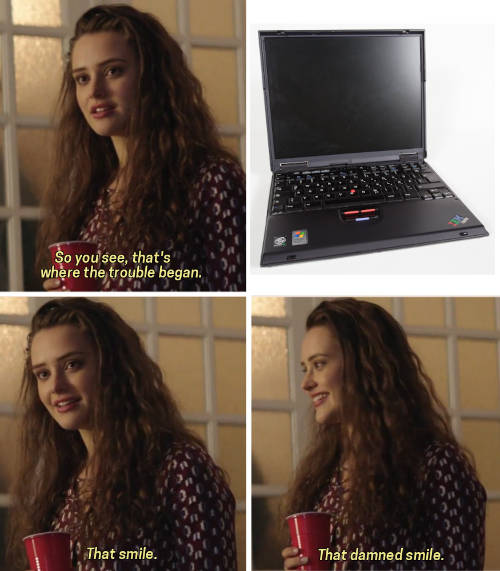
The first own devices
I started my first IT training in 2007 and initially had a decrepit Toshiba Satellite Pro 4360 for vocational school. After some of my classmates had ThinkPads, the T23 came back to my mind. I saved some money and bought my first refurbished ThinkPad: a T42.
I was impressed by the modularity and good availability of spare parts. I also liked the good Linux support, as I was starting to work intensively with Linux at the time. While I had quite a few problems with my parents’ Medion laptop under Linux at the time, the T42 ran without any problems under Ubuntu.
Back then, I invested a lot of my pocket money in hardware. In addition to a first Homelab, consisting of old discarded computers, I also bought other used notebooks.
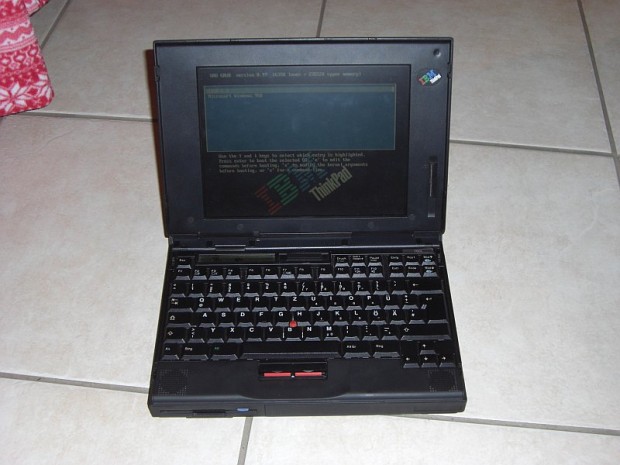
For example, I had a 760L that was usable under CRUX Linux 2.6 despite weak hardware (Intel Pentium 1 @ MHz, 32 MB RAM). I even managed to get a WLAN card and the links console browser with framebuffer support to work. So, with a little patience, you could view web pages with images without an X server.
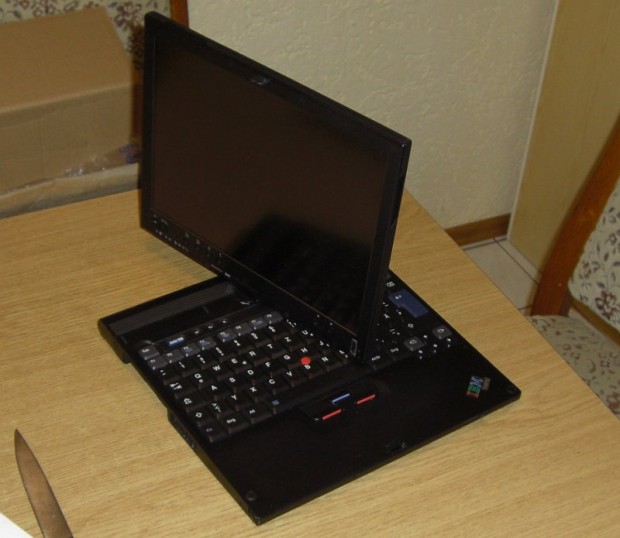
In 2009 I started a dual IT apprenticeship and earned my first money. This was followed by an X21, which I got cheaply, and an X41 tablet for vocational school. The rotatable screen and the input pen made the device an ideal companion for my lessons. The horrible 1.8” hard disk was replaced by an SSD, which made the device significantly more powerful.
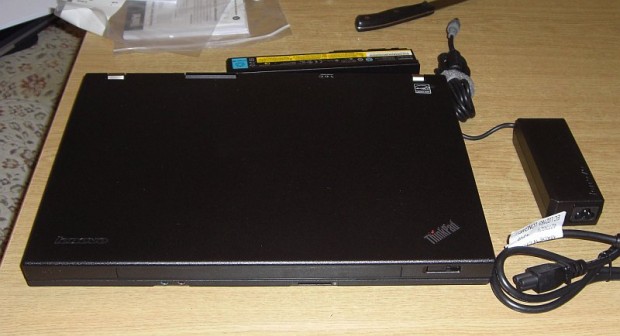
As I was starting to get into virtualization and video editing at the time, I needed a more powerful device and bought my first new ThinkPad: an R500
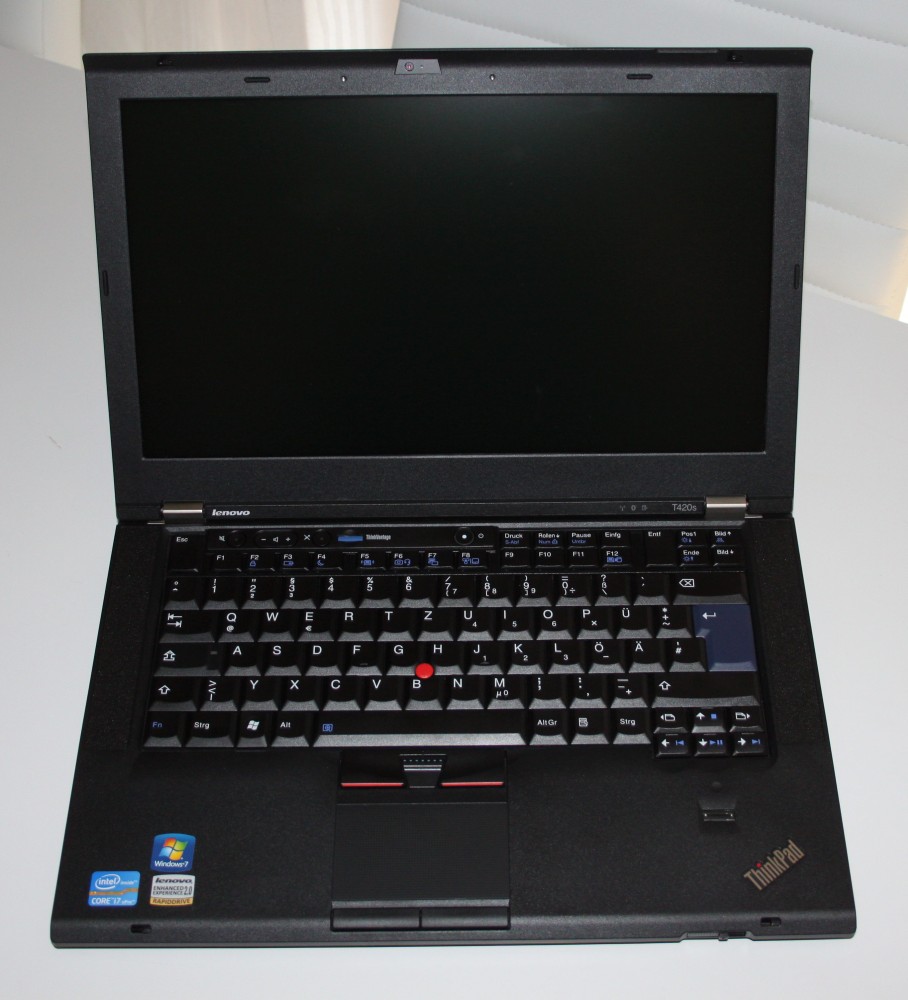
In 2012 I saved up for a T420s, which ran excellently under Windows - but caused massive problems under Linux thanks to NVIDIA Optimus technology. This annoyed me, as I was increasingly distancing myself from Windows at the time. After unsuccessfully trying numerous distributions and graphics drivers, I sold the device and bought an Apple MacBook Pro 13 in 2014. For me, Mac OS X was a good compromise between Windows and Linux at the time. At the time, the superb display put the usual ThinkPad displays in the shade, so I didn’t miss the notebooks.
Renaissance
In 2018, I started a new job and was given a T470 and after a short time a P52. Unfortunately, the latter came with a dedicated GPU again, which made using it under Linux more difficult but not impossible. I was impressed by the robust casing, the excellent keyboard and the powerful CPU. At my previous employer, I had a 2017 MacBook Pro 15 with the controversial butterfly keyboard, so I knew how important solid input devices are.
In the Corona pandemic, I remembered the insurance agent’s T23 and on an evening of boredom, I looked on eBay for old ThinkPads. I found a device in very good condition for a small amount of money - and bought it at auction.
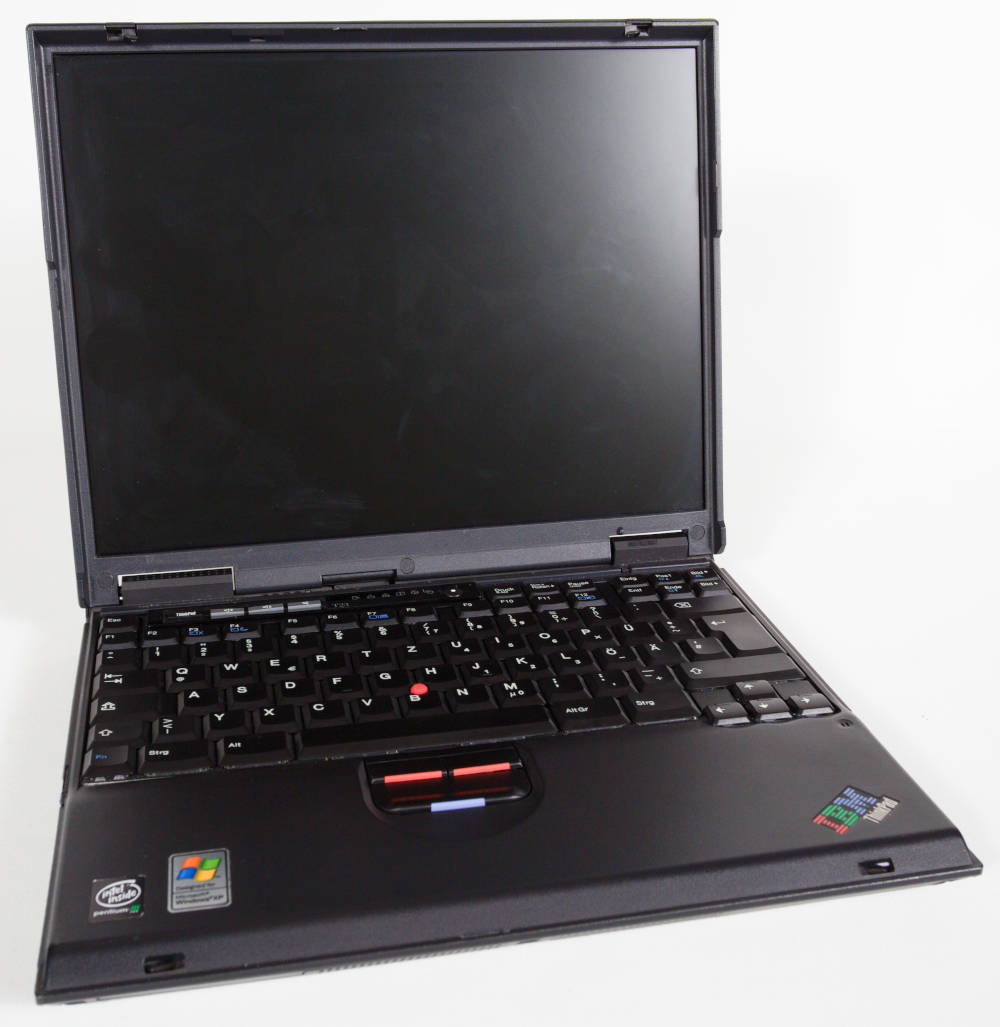
When the device arrived, my enthusiasm was rekindled. It was a lot of fun to work with the notebook - especially with contemporary software. The eBay algorithm recommended other old ThinkPads to me and so an X61s and a G40 quickly followed, which I had already heard about at the time - but couldn’t afford.
Thanks to sources such as ThinkWiki and the Thinkpad Wiki, I fell into a deep rabbit hole with countless detailed information. Many of the devices have an exciting history and it’s fun to have held them in my own hands - which led to a veritable collection frenzy.
The digital museum
I quickly realized that I would like to share this enthusiasm. As I’ve been running a personal blog since 2018, I immediately thought about another blog - as a kind of digital museum. After my Mastodon posts on the new devices in the collection had already been well received, I collected all the information about my collection and launched the website.
A guest appearance on the Hacker Kultur-Podcast, which was all about ThinkPads, made me realize that the rabbit hole was even deeper than I thought. What was supposed to be a “short conversation” about the devices quickly turned into a 2.5 hour long episode. This gave me the idea to start a dedicated podcast on this very topic.
